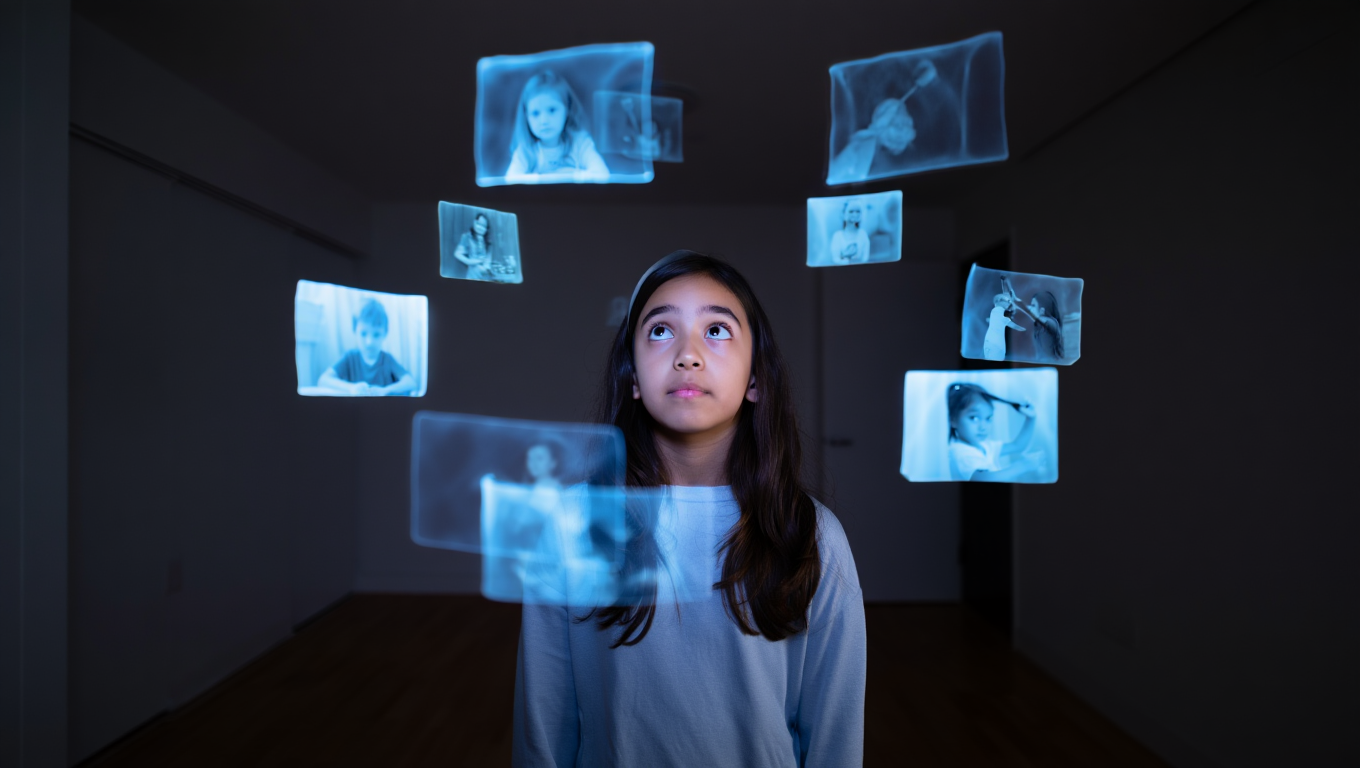Follow us on Google News (click on ☆)
In T. L., a 17-year-old French teenager, this ability takes the form of a true mental journey through her existence. Researchers who have studied her case describe an extraordinary autobiographical memory capable of reliving the past with striking intensity, but also of anticipating the future with unsettling realism.

A memory that builds identity
Autobiographical memory plays an essential role in forming the sense of self. It stores lived episodes and links them to a temporal framework that structures identity. For the majority of individuals, these memories transform, fade, or recompose over time.
In people with hyperthymesia (fewer than a hundred are known worldwide), this process takes on another dimension. Memories seem to be classified with extreme precision, often associated with a specific date and intense sensory details. Every moment of life can be recalled almost on demand.
T. L. has an additional particularity: she seems to have control over how she accesses her memories, which is not the case for all hyperthymesic individuals. Indeed, this mastery differs from many reported cases where the accumulation of images and emotions proves more invasive than constructive.
T. L.'s inner palace
To describe how her mind works, T. L. speaks of two types of memory. Her "black memory" groups together academic and factual knowledge, devoid of emotional coloring. Her "white memory" corresponds to personal experiences, rich in sensations and emotions.
These memories are organized in an imaginary "white room" where they are filed in binders by theme and period. The teenager can retrieve vacation moments, family scenes, or childhood objects associated with precise details.
To manage emotional intensity, she has created distinct mental spaces. Her grandfather's death is kept in a chest, while an "icy" room serves to calm her anger. This system illustrates a conscious attempt to regulate memories that are sometimes heavy to bear.
Evaluating an extraordinary memory
Researchers have standardized tools to analyze the richness and accuracy of memories. They subjected T. L. to two tests: TEMPau, which measures the ability to relive personal episodes, and TEEAM, which assesses mental navigation through past and future.
The results show remarkable intensity. T. L. relives her memories sometimes as an actress, sometimes as an outside observer, which allows her to multiply her perspectives. Her projections into the future also contain an unusual density of details.
These observations reinforce the idea that the mechanisms used for remembering and those mobilized for anticipating rely on common brain circuits. Sensory information appears to occupy a central place in these processes.